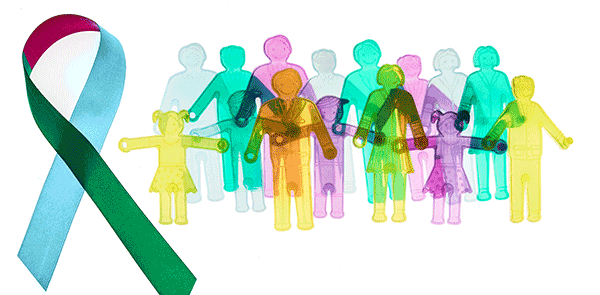|
Tuesday, Aug. 9 // 10–11:30 a.m. (ET)
Rare diseases are primarily genetic disorders or medical conditions that individually afflict a small percentage of individuals but in aggregate affect about 350 million worldwide and about 40 to 50 million in Latin America. Across the Hemisphere, countries define rare disease based on different criteria. The lack of a unified definition, paired with limited public health policies to address rare disease needs and other challenges, obscures the standards for research, access to diagnosis, and management, which often do not meet patient needs. As a result, diagnosis may be elusive, and treatments can be practically and financially out-of-reach for many patients, particularly in countries where public health policies overlook rare diseases.
There are some 7,000 conditions generally recognized as rare diseases. Worldwide, these disorders affect about 350 million people, 40 to 50 million of whom reside in Latin America. Although increasing awareness of rare diseases has pushed several countries in the Americas to approve laws that ensure access to diagnosis and management for rare disease patients, many lack the resources and capacity to provide adequate care. Moreover, constraints on public health budgets generate pressure on health and finance ministries across the hemisphere in the context of spending on orphan drugs and other treatment options. As a result, public health officials are faced with difficult decisions as they seek to treat both rare and widespread diseases, which impact their populations.
In order to highlight the importance of early diagnosis and treatment of rare diseases in Latin America and the policy challenges facing policymakers seeking to respond to this need, the Wilson Center’s Mexico Institute and the Americas Health Foundation (AHF) will convene an expert panel.

|





